Q&A with Richmond’s Terry McGillicuddy
Design Insider is thrilled to welcome Terry McGillicuddy, Director of Interior Design company, Richmond International. Richmond International is an industry-leading hospitality interior design practice and has designed some of the world’s most prestigious hotels.
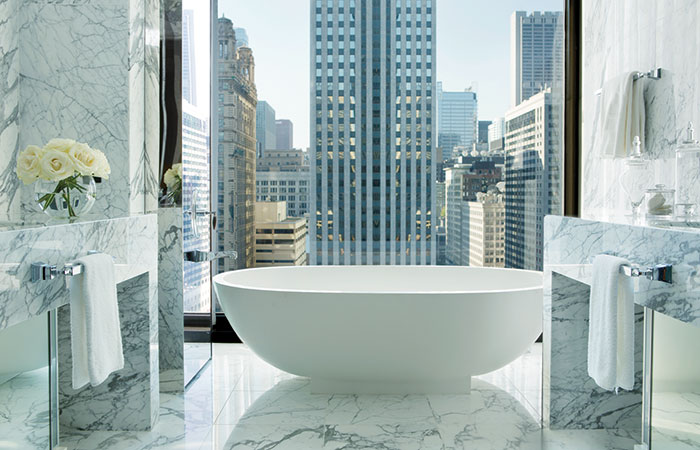
1. Tell me a bit about yourself and Richmond?
I joined Richmond in 2002 and in my role I’m responsible for the company management, liaising with our clients, and the design direction (alongside Fiona, our Principal). My background is in leisure and retail consultancy and I’ve had the opportunity to travel and work around the world including the Far East, USA and the Middle East.
In my time here we have seen our reputation grow globally, had the opportunity to create five-star experiences and we believe we have set new benchmarks for international design and hospitality.
Since they were established in 1966 Richmond International has designed the interiors of some of the world’s most prestigious hotels in locations all across the globe. With clients ranging from multinational brands to independent owners, Richmond refurbishes, restores and creates award-winning spaces. Some of our most notable clients include The Cosmopolitan of Las Vegas, The Langham Chicago, London West Hollywood, The Beaumont Hotel, London, Four Seasons Moscow and P&O’s new cruise ship Britannia. As a team we’ve been honoured with awards and accolades across the design space, but we continue embrace design that is authentic, intelligent and inspiring.

2. How and why did you get into hospitality interior design?
I think it was around 1967, my uncle was building a bungalow and I was really interested in the blueprints. When my uncle started the build, I began a scale drawing of the bungalow. I was so excited about the project that he bought me a scale rule so that I could get involved. Of course, then it was all in feet and inches. I drew the whole plan, the rooms, the kitchen space, everything. I think that was the first instance where I showed a real interest in design. I must have been about 11 years old. I was totally engaged in the whole thing, from the digging of the first holes to the laying of the foundation and onto completion.
I always had an interest in interior architecture specifically, and I’m very lucky that I’ve spent the past 40 years doing something that I love and am passionate about.
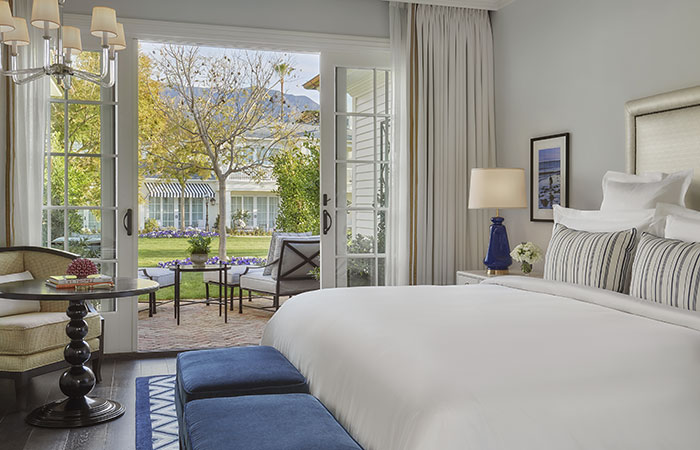
3. What are the key trends you’re noticing in hotel design?
We’ve seen that hotel design has been moving towards a more residential-style character to help guests feel more at home but unfortunately this can sometimes result in bland characterless interiors. Therefore, the reintroduction of colour and texture are important trends for the future.
4. Do you have any idea what you think future trends will be?
Hotel design will be taking big steps towards helping reduce the world’s environmental issues, at the same time as creating exceptional experiences which educate guests and owners alike. Sustainable materials and recyclable materials, plus the utilisation of local services and crafts are becoming more important to end users and the hospitality industry.
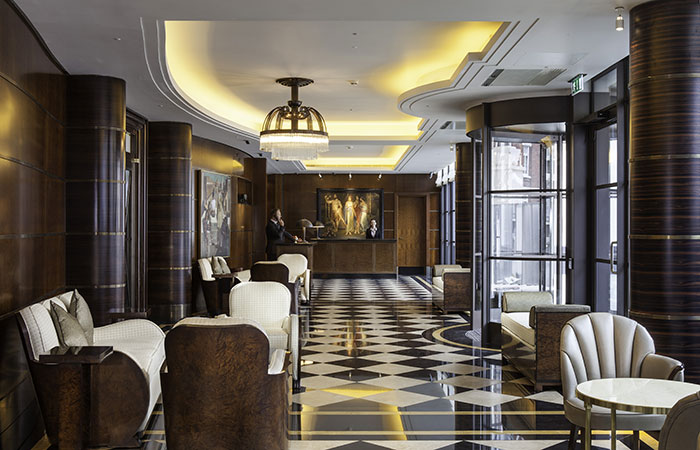
5. How has working on a cruise ship project differed from a typical hotel project?
Land-based leisure hospitality is focused on the location and the experiences available at the destination, weather, adventure, relaxation etc. Cruising is focused on the journey to the destinations which were the original selectors for the passengers.
Unique expeditions to faraway new and isolated destinations mean longer journey times for cruise ships therefore, the journey experience becomes more important. Large ships have to offer huge choices of culinary experiences and entertainment zones onboard to respond to the complex guest requirements.
Maximising the use of space, particularly in the passengers’ private quarters, is crucial to the design and experience of the journey. It allows passengers to savour the journey as much as the destination. In luxury hotels we have the freedom to create 5-piece bathrooms, for example but in cruise ships we have minimal space and need to achieve a similar level of perceived luxury with 3-piece bathrooms.
Ship interiors have compromised volumes in relation to hotels due to the accommodation of major technical and infrastructure required. Ships are dynamic vessels that flex and vibrate therefore all design elements must be secured and supported.
Sustainability, nautical technology, design & construction development and energy efficiency are becoming major future definers in the selection of the cruise brand. Flexibility of use of spaces throughout the ship along with the weight of materials and furnishings used has to be at the centre of the design process, due to the complex restrictions that ships have.
Timescales also differ. Hotels can be more flexible; however, ships have a strict deadline when they need to leave the shipyard.
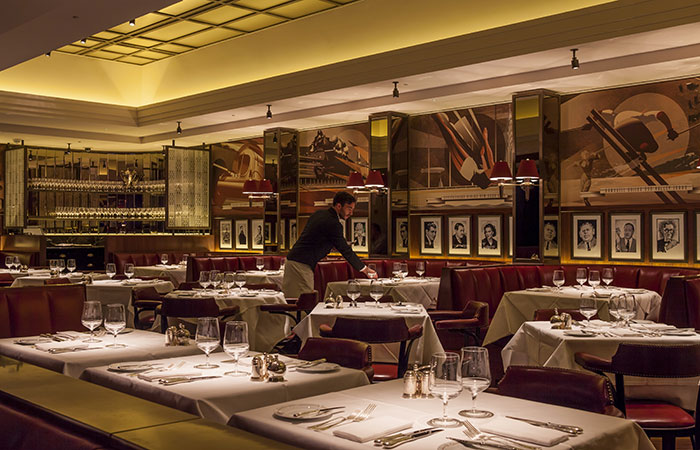
6. Where do you see hotel design in the future – do you think the industry is likely to change?
Guests are now more educated, mindful and globally connected than ever before and they are more conscious regarding environmental and eco-friendly issues. This is therefore becoming a major focus for all hotel operators, owners, architects and designers to embrace in the future. However, this needs to be much more than reducing plastic and waste and the resulting solutions will become part of the decision process of guests in the near future.
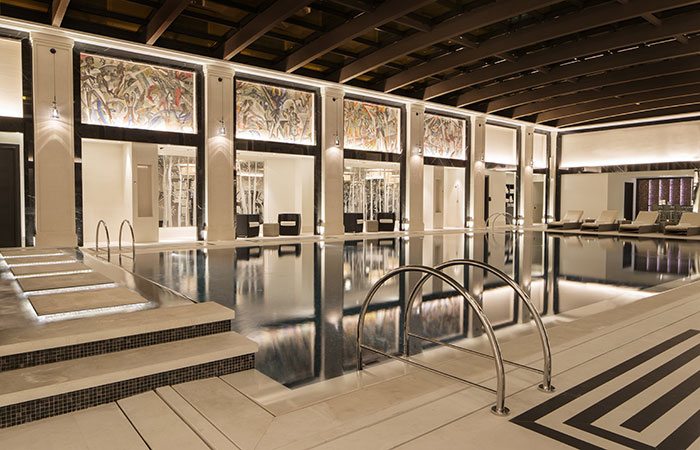
7. How do you incorporate personality into design and honour the heritage of a building?
Location, history, culture and architecture are important for all heritage hotel projects. The hotel design narrative is extremely important and should embrace these elements and form the brief for the interior design direction. The interiors need to respond to this brief and should reflect ‘a sense of place’ to differentiate this project from other local properties and hotels in other cultures.
8. What would be your dream interior design project?
I’d love to create a unique experience for a small group of selected guests in a natural location, whether on land or on the ocean. The project would embrace the local culture and respect the environment.
Contact Richmond through the BCFA Product Finder.
The BCFA Product Finder is a unique search engine created especially for interior designers to source contract furnishing companies. Utilising this platform will support your findings for upcoming projects, with over 200 members profiles showcasing the latest product launches, new materials available, industry news and design trends.




